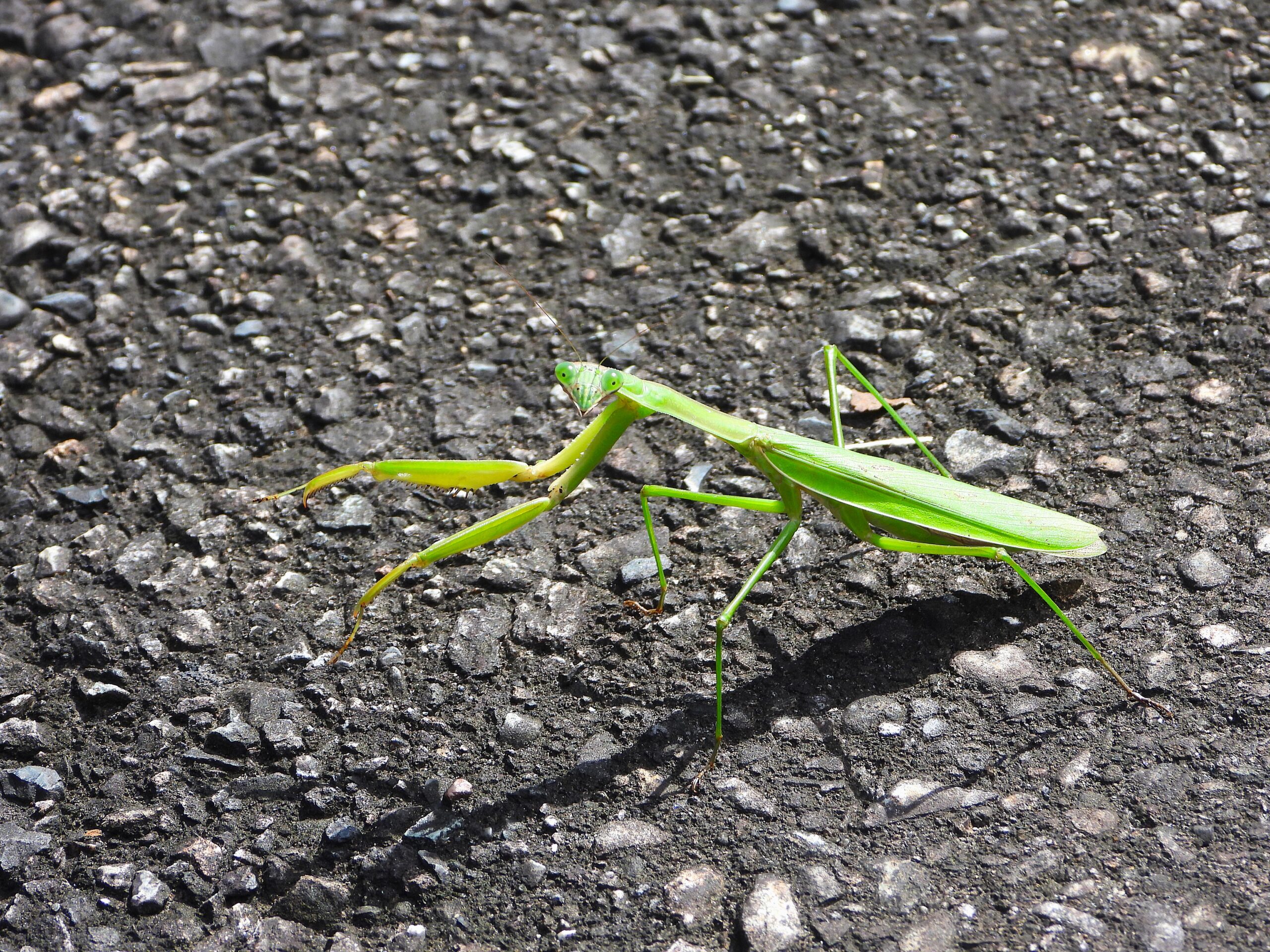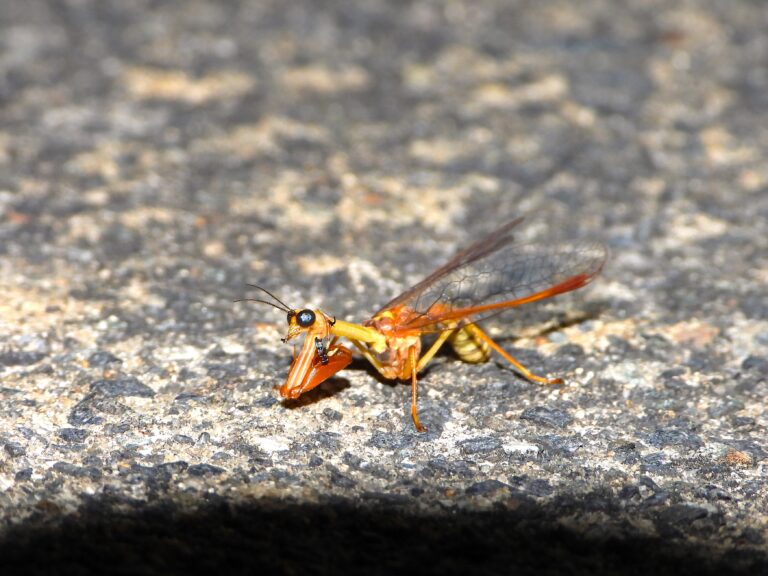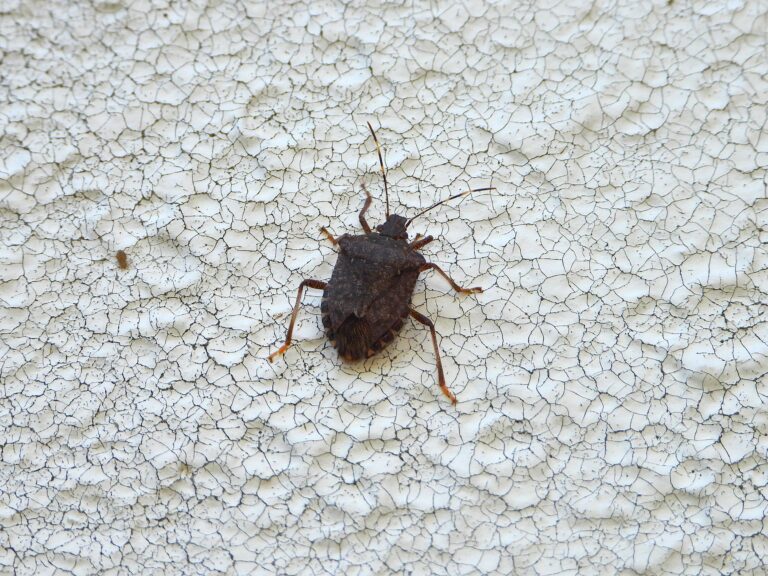Japanese Giant Mantis (Tenodera aridifolia) – Wildlife of Japan
Introduction
The Japanese giant mantis (Tenodera aridifolia) is Japan’s largest native mantis and one of the most familiar insects across the country. It can be seen from early summer to late autumn in farmlands, grasslands, and even urban parks. Often confused with the closely related Chinese mantis (T. sinensis), this species represents the true native giant mantis of Japan.
Appearance
Adults are large and slender, with long raptorial forelegs and a characteristic triangular head.
Females typically reach 80–105 mm, while males are smaller at 65–85 mm.
Color varies from light green to brown, depending on the habitat.
A distinctive feature is the yellowish spot on the base of the fore-coxa, and the hindwings are dark brown to purplish when opened — a key trait separating it from T. sinensis.
Habitat & Distribution
This species is widely distributed throughout Honshu, Shikoku, Kyushu, and surrounding islands.
It prefers open fields, paddy edges, roadsides, and gardens with abundant vegetation.
Unlike the Chinese mantis, which has spread from East Asia to other regions, the Japanese giant mantis is endemic to Japan and adapted to its temperate climate.
Behavior
The Japanese giant mantis is a sit-and-wait predator, using its excellent camouflage to ambush prey.
It can rotate its head nearly 180 degrees to detect movement.
Mating occurs from late summer to autumn, after which the female sometimes preys upon the male — a well-known behavior among mantids.
Diet
Entirely carnivorous, feeding mainly on grasshoppers, butterflies, moths, beetles, and other mantises.
Occasionally, large females may attack small vertebrates such as frogs or lizards, though such cases are rare.
The mantis always eats prey head-first, holding it securely with its spiny forelegs.
Reproduction
After mating, females produce a frothy ootheca (egg case) attached to stems, twigs, or fences.
Each ootheca contains 100–300 eggs, which overwinter and hatch in April–May.
Nymphs undergo several molts before reaching adulthood by late summer.
Conservation
The Japanese giant mantis is abundant and stable, with no special conservation status.
However, the spread of non-native mantis species such as T. sinensis and Hierodula chinensis could lead to competition in overlapping habitats.
Traditional folklore says that the height of an ootheca predicts winter snowfall, but this has no scientific basis — many survive even under deep snow.
Author’s Impression
Among Japan’s insects, the Japanese giant mantis is a true icon of late summer.
When I see one perched on tall grass, turning its head to follow every movement, I can feel the sharp intelligence behind those eyes.
Its dignified posture embodies the balance between elegance and ferocity in Japan’s natural world.





